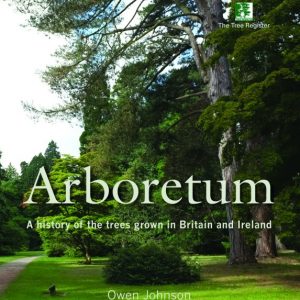Apples: A Field Guide
£25.00
Apples are second only to roses as the most enquired about plants at the Royal Horticultural Society. With the help of this completely revised new edition of the field guide anyone wanting to name an apple should be able to work out its identity and origins or find out where to go for help.
Out of stock
Description
ISBN 978 0 9549508 5 9
Publisher Tewin Orchard
Publication July 2015
Author Michael Clark
Format 297mm x 210mm
Binding Hardback
Extent 193 pages
Illustrations Full colour throughout with photographs, watercolours, line illustrations, diagrams
You need no special knowledge, although at least three examples of the fruit from each tree that needs identification are helpful, and leaves preserved from the last two weeks of July can play a part in the process of elimination. The book also celebrates the beauty and diversity of this remarkable fruit and will direct the reader to sources for buying old varieties, learning more about planting trees or the creation of whole orchards and the care needed to make themproductive.
For more than 40 years Michael Clark has been the volunteer warden at what Common Ground described as ‘the first Nature Reserve Orchard.’ With his wife Anna and many other volunteers, the 82-year-old fruit trees and adjoining woodland have beenmaintained for both wildlife and the preservation of one of the last village orchards in the county. The reserve, just to the north of London, has a hide to watch wild mammals at dusk, and is managed by the Hertfordshire & Middlesex Wildlife Trust. The Trust has supported the planting of all the varieties in this book at the site. There is also a heritage collection of regional apple types, representative of the East of England, established next to the pear collection.
The work of maintaining the orchard depends almost entirely on unpaid volunteers who, under the direction of the Wildlife Trust Reserves Officer, Paul Thrush, keep the trees protected from rabbits and competition from the ground flora whilst also ensuringamplewildernessandfoodforthewildlifethroughout the seasons. It is known that a single pair of Great Tits will feed more than 10,000 insects to their young during the nesting season, and this natural control of species that may otherwise damage the fruit crops, is relied on in place of chemicals, none of which are used on the reserve. The author acknowledges the Hopkyns’ family and how Molly Hopkyns gifted her community orchard at Tewin to future generations and wildlife through her will.
Michael Clark’s other books include several on local history and the countryside, including Badgers (1988), which is nowin its third edition.His illustrations have also been published in more than 30 titles.
Additional information
| Weight | 1.5 kg |
|---|



